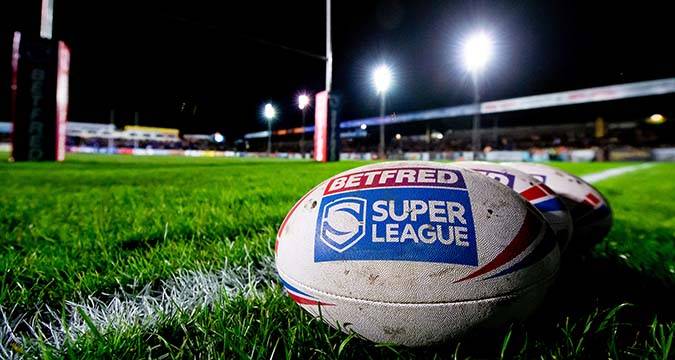 IN recent years, both codes of rugby have been doing their utmost to reduce the amount of head high tackles, foul play and concussions in their respective sports.
Major progress has been made in terms of concussion protocols, head injury assessments and disciplinary consequences, but now rugby union has gone even further by bringing in a reduced
IN recent years, both codes of rugby have been doing their utmost to reduce the amount of head high tackles, foul play and concussions in their respective sports.
Major progress has been made in terms of concussion protocols, head injury assessments and disciplinary consequences, but now rugby union has gone even further by bringing in a reduced Should rugby league follow rugby union’s new tackle law?
 IN recent years, both codes of rugby have been doing their utmost to reduce the amount of head high tackles, foul play and concussions in their respective sports.
Major progress has been made in terms of concussion protocols, head injury assessments and disciplinary consequences, but now rugby union has gone even further by bringing in a reduced
IN recent years, both codes of rugby have been doing their utmost to reduce the amount of head high tackles, foul play and concussions in their respective sports.
Major progress has been made in terms of concussion protocols, head injury assessments and disciplinary consequences, but now rugby union has gone even further by bringing in a reduced 